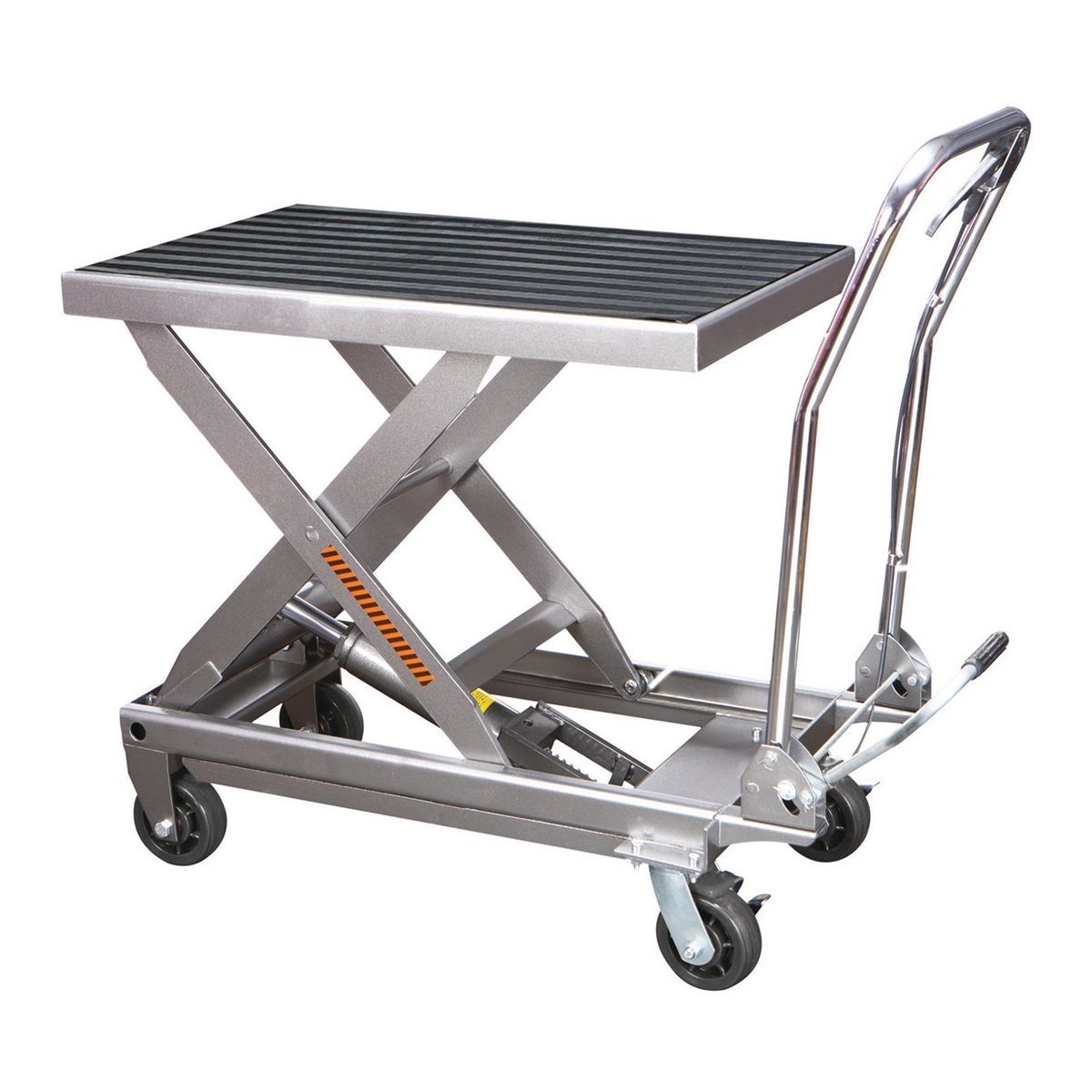Need a vertical rotary table with index capabilities.
I have two pieces of advice....(without trying to spend too much of your money

)
1) consider a combination vertical and horizontal rotary table, it really adds possibilities to what you can do in your shop and how easily, and
2) go as big as you can, when you start bolting things down to the table it starts looking much smaller.
Of course, so much depends on what you are building and the size of your machines.
If you are only ever going to do small shafts and things that can fit in a 3-4inch chuck, then perhaps a 5" RT is big enough.
But it you ever want to bolt your milling vise down to it, or a large plate to round the corners, then bigger is better.
example, I used mine to carefully and slowly mill down a faceplate that was too big diameter for my lathe, but had the proper spindle thread.
-brino
EDIT......I was going to come back and add #3) get a matching tailstock, but I see your suggested
Grizzly T25937 has both #1) and #3 covered. So I guess it's just down to size.


